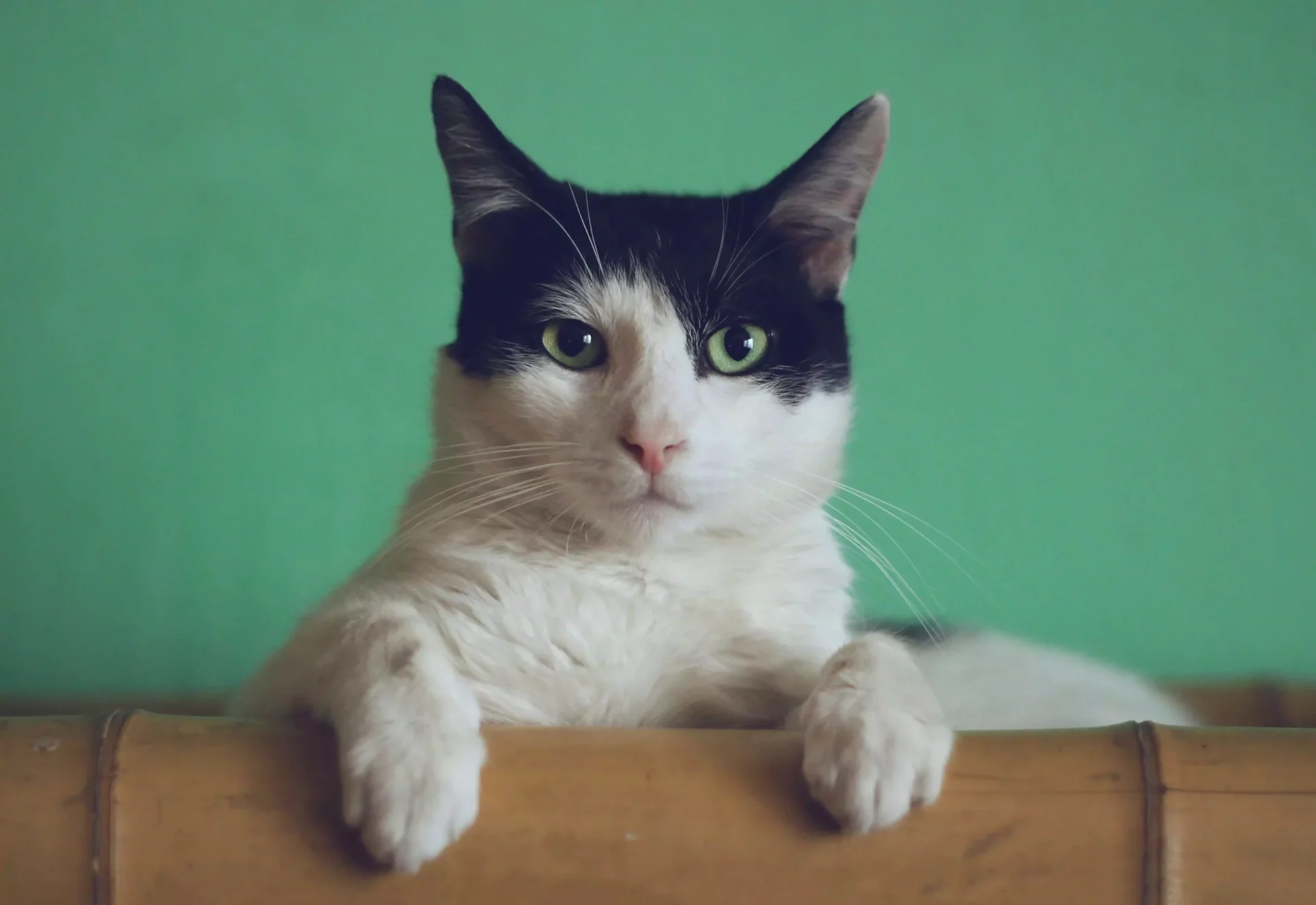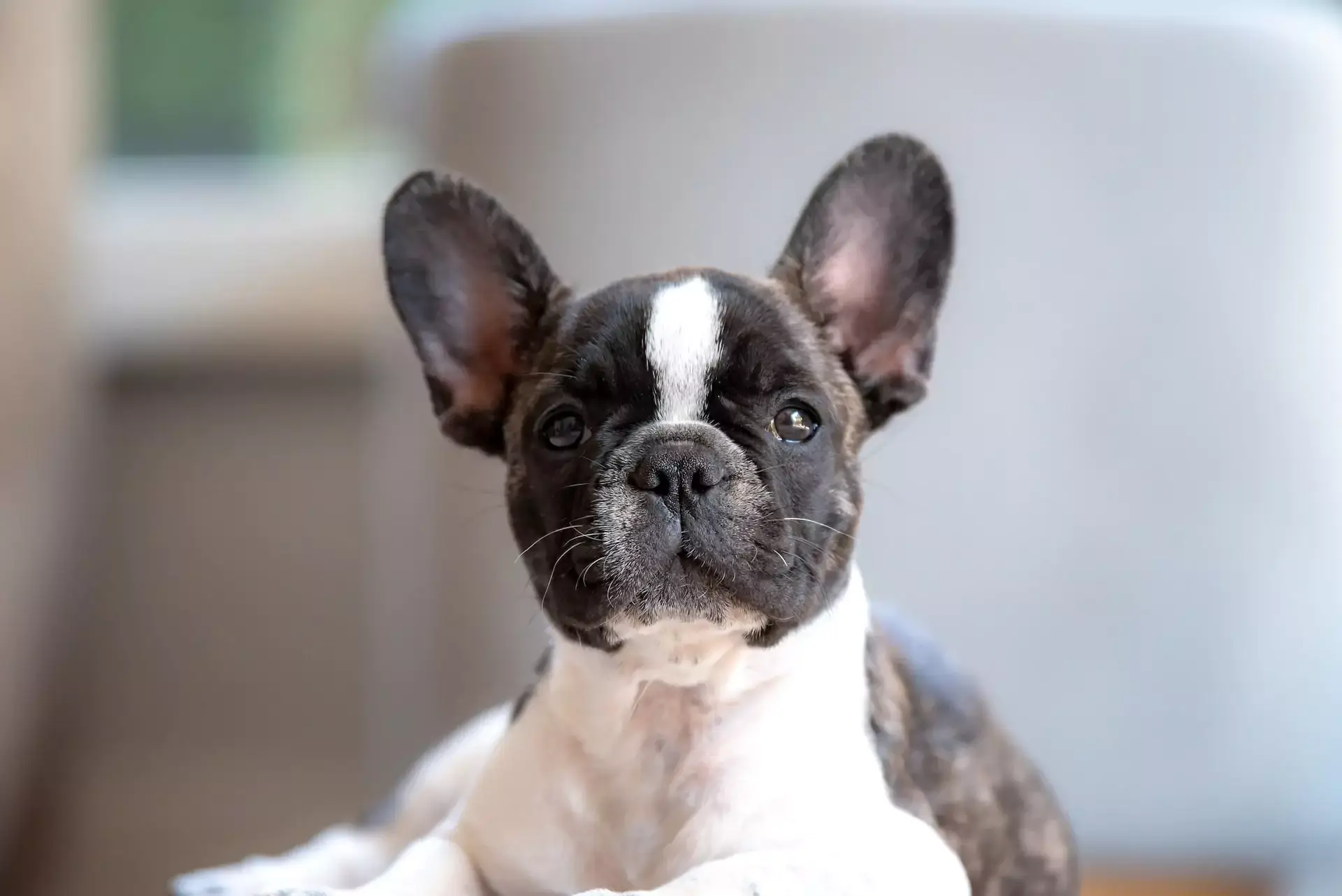Have you adopted a kitten? Congratulations on the new addition to your family! Before you know it, your tiny pet will probably have you wrapped around that little paw. Kittens are beyond cute. They can also be a bit of a handful. Over the next few months, Fluffy’s habit of kneading (or making biscuits, as it’s sometimes called) is something you may find yourself dealing with quite often . What’s that all about? A vet talks about this cute—and somewhat painful—habit below.
Basics
Kneading isn’t likely anyone’s favorite kitty behavior. After all, those little claws are sharp! Why do cats knead? Your fuzzy buddy isn’t deliberately trying to hurt you, in case you were wondering. It’s actually an instinctive behavior. When Fluffy was a nursing kitten, kneading helped stimulate milk flow. (This casts the momma cat in a whole new light since she could have several tiny balls of fur kneading her at once!)
Kneading In Adults
While that helps explain kneading in baby cats, what about adult felines? Why does Fluffy still make biscuits long after she’s officially full-grown? This means that your feline buddy actually sees you as a second ‘parent,’ so to speak. Rather than nursing, she’s exhibiting behaviors that she associates with feeling safe and loved. Notice how she purrs, and maybe she even looks quite happy when she kneads. Love hurts!
Other Pawsibilities
Reliving early kittenhood may not be the only reason Fluffy kneads. Kitty may actually be marking you as ‘hers since cats do have scent glands in their paws. There’s also a chance that your feline pal may just like to stretch her toes because it feels good.
Breaking The Habit
Considering why Fluffy still kneads, you should never punish her for this behavior. For one thing, she doesn’t realize it hurts you. And too, doing so could make her feel uneasy or unloved. You can try picking up her paw and gently rubbing it instead. That may still trigger a feeling of happiness or love, without the ouchies that actual kneading may cause you. Of course, as the saying goes, if you can’t beat ‘em, join ‘em. It may just be easier to put a towel or blanket on your lap before letting your furball get comfortable.
Our Advice on Kneading In Kitties in 2024
Why do kittens knead, and what’s the purpose of this behavior?
Kitten kneading is often called “making biscuits” for instinctive reasons stemming from kittenhood. When nursing, kittens knead their mother’s belly to stimulate milk flow. This action is crucial for their feeding and a comforting behavior that fosters a sense of security and contentment. As they grow, this kneading behavior continues as a comforting gesture, often associated with relaxation and happiness. It’s a natural behavior that links them to the comfort and care they receive as nursing kittens.
What other reasons might there be for a cat to knead?
Apart from its roots in kittenhood, a cat’s kneading behavior can have several other reasons. One is territorial marking. Cats have scent glands in their paws, so when they knead, they also leave their scent, claiming an object or person as theirs. Additionally, cats might knead to create a comfortable resting place, similar to their wild ancestors patting down grass or leaves. Some cats knead as a way of stretching their muscles. It’s also a sign of contentment; a happy, relaxed cat often kneads while purring.
Can kneading be a way for cats to mark their territory?
Yes, kneading can be a way for cats to mark their territory. Cats have scent glands in the soft pads on the bottoms of their paws. When they knead, these glands release their scent onto the surface they are kneading. This scent marking allows cats to communicate their presence and establish their territory. It’s a subtle but effective method for a cat to leave its mark, signaling to other animals that they’ve claimed a particular spot or object as their own.
How can pet owners make kneading more comfortable for themselves?
Pet owners can make kneading more comfortable by placing a thick blanket or towel on their lap when their cat begins to knead. This barrier protects against the sharpness of the cat’s claws while allowing the cat to indulge in this natural behavior. Trimming the cat’s claws regularly can also reduce discomfort without hindering the cat’s enjoyment of kneading. Additionally, guiding the cat to knead on a nearby soft pillow or cat bed can effectively prevent kneading on delicate skin while offering the cat a comforting experience.
Where can cat owners in Bloomington, CA, get professional advice and support for cat care?
Cat owners in Bloomington, CA, can obtain professional advice and support for cat care from local veterinary clinics. A reliable place to start is by scheduling an appointment with a licensed veterinarian, who can offer comprehensive guidance tailored to your cat’s specific needs. Additionally, Bloomington has pet stores and animal shelters where staff can provide practical advice on general care. For particular concerns, cat owners can explore online resources or become part of local pet owner communities for advice and support driven by shared experiences.
Please do not hesitate to reach out if ever we can be of assistance. As your local animal clinic in Bloomington, CA, we are here to help with all of your cat care ‘kneads.’



